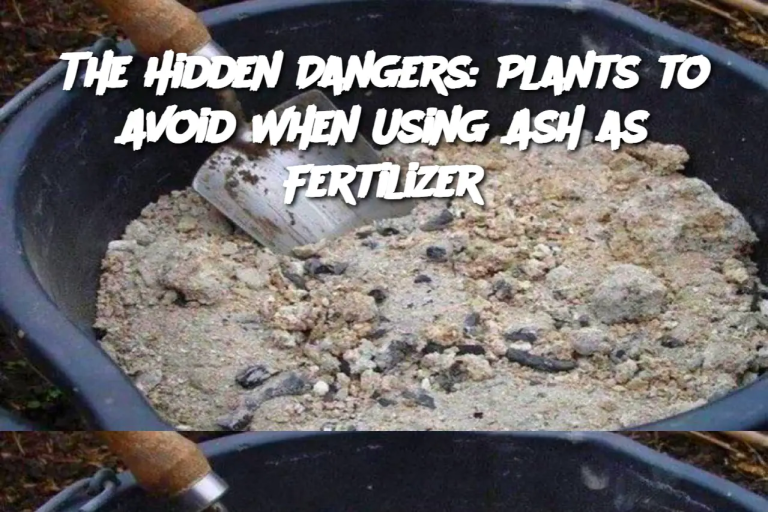ADVERTISEMENT
Wood Ash and Lime Mix: For soils that are too acidic, consider mixing wood ash with lime before application. This can help balance the soil’s pH while providing essential nutrients to a wider variety of plants.
Ash in Compost: Instead of applying wood ash directly to the soil, mix it into your compost pile. This method prevents over-alkalization and allows the ash to break down into a more balanced form.
FAQ:
Q1: Can I use wood ash on all plants?
A1: No, wood ash is best suited for plants that thrive in alkaline soil. Avoid using it on acid-loving plants, such as blueberries, azaleas, and rhododendrons, as it can harm them by raising the soil's pH.
Q2: How much wood ash should I use?
A2: Use wood ash sparingly. A general guideline is to apply about 10 to 15 pounds per 100 square feet of garden space. Always test your soil before application.
Q3: Can I use wood ash in the vegetable garden?
A3: Yes, but be cautious. Avoid direct application to root crops like carrots and potatoes, as the high pH can negatively impact their growth. Apply ash to plants like tomatoes and peppers, which benefit from the nutrients it provides.
Q4: Does wood ash contain any harmful chemicals?
A4: Wood ash is generally safe for use in gardens when sourced from clean, untreated wood. However, avoid using ash from wood that has been chemically treated, such as pressure-treated lumber or painted wood, as it may contain harmful chemicals.
Q5: How do I know if my soil can benefit from wood ash?
A5: Conduct a soil test to determine the pH level. If your soil is already alkaline (above pH 7), adding wood ash can make it too basic. If it’s acidic (below pH 6), wood ash can help raise the pH to a more neutral level.
ADVERTISEMENT
